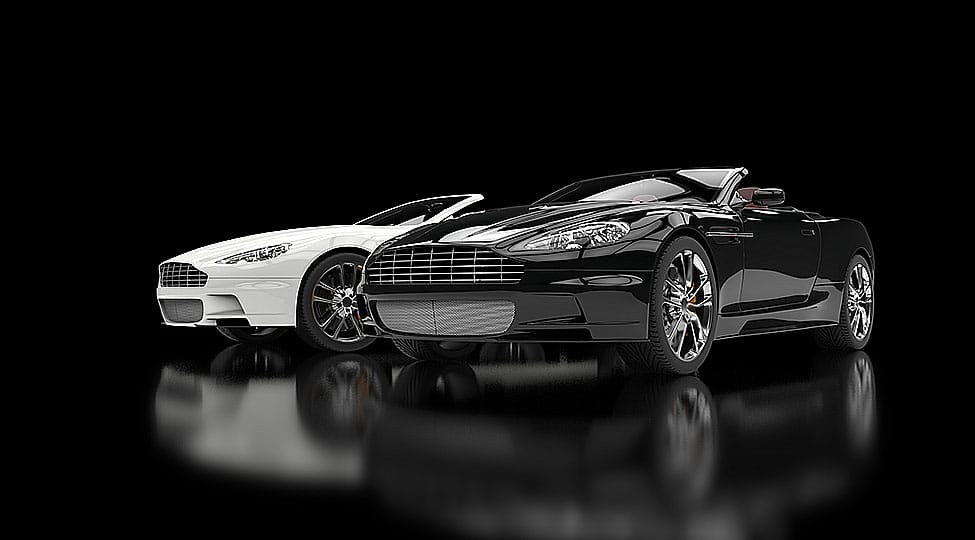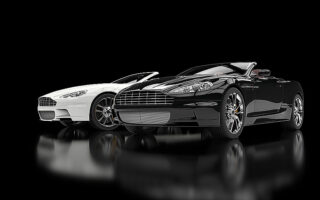When it comes to personalizing and protecting a vehicle, few enhancements offer as many benefits as car window tinting. More than just a style upgrade, window tinting has become a go-to solution for drivers seeking comfort, privacy, and protection from the sun. However, not all window tints are created equal. There are various types and shades available, each serving different purposes and catering to different preferences. Knowing how to choose the right one can make a significant difference in your car’s performance, aesthetics, and comfort.
Why Car Window Tinting Matters
Window tinting involves applying a thin, often multi-layered film to the inside of a car’s windows. This film is specially engineered to block certain types of light, including UV rays and infrared heat, depending on its composition. Car window tinting is more than just an accessory; it provides an array of benefits that range from reducing heat and glare to protecting against harmful UV rays. Excessive sun exposure can lead to skin damage, and UV rays are also a key factor in fading and cracking car interiors. A good quality window tint can block up to 99% of UV rays, reducing exposure for drivers and passengers while extending the life of the car’s upholstery and dashboard.
In addition to blocking UV rays, tinted windows offer a greater degree of privacy. Tints limit how much others can see inside the vehicle, making it harder for outsiders to observe personal belongings and reducing the likelihood of break-ins. In terms of comfort, window tints help regulate the internal temperature of a vehicle by blocking a significant portion of the sun’s heat. This means less need for air conditioning on hot days, which can, in turn, save fuel and enhance the overall driving experience.
Types of Window Tint Films
Car window tint films are available in various materials, each offering unique features and benefits. One of the most popular types is dyed window tint, which uses multiple layers of dye to block sunlight. Dyed tints are generally the most affordable option and provide an attractive, dark appearance. However, they may fade over time and are less effective at blocking heat compared to other options. They are ideal for drivers primarily looking to enhance privacy without spending a lot.
Metalized window tints incorporate tiny metallic particles to reflect light, providing better heat and UV protection than dyed window tints. These tints have a shiny, metallic finish and are durable, but the metal particles can sometimes interfere with cell phone or GPS signals, which may be a drawback for some drivers. Hybrid tints combine the benefits of dyed and metalized films, offering both a sleek appearance and effective heat rejection without the signal interference common in fully metalized options.
Another advanced option is carbon window tint, which contains carbon particles that provide excellent heat and UV protection without the reflective shine of metalized films. Carbon tints are known for their longevity and fade resistance, making them a preferred choice for drivers who want a matte finish that looks great over time. Finally, ceramic window tints are often regarded as the top-tier choice. Ceramic tints contain ceramic particles that block both UV and infrared light, offering superior heat rejection without the need for metal or dye. They are durable, non-reflective, and highly effective, making them an ideal choice for those willing to invest in long-lasting quality.
Choosing the Right Shade for Your Car
After deciding on the type of tint film, the next step is selecting the appropriate shade or darkness level. Window tints are measured by Visible Light Transmission (VLT), which refers to the amount of light that can pass through the tint. A lower VLT percentage means darker tint and less light transmission, while a higher VLT percentage means lighter tint and more light transmission.
Many drivers choose darker tints for enhanced privacy and a more stylish look. A VLT level of 5% is very dark and commonly referred to as “limo tint” because it is often used on limousine windows. This level of tint blocks nearly all visibility into the car, but it can be too dark for some people, especially in areas with limited sunlight or at night. Moderate shades, like 20-35% VLT, provide a balance between privacy and visibility, allowing for some light transmission while still reducing glare and heat.
The choice of VLT should take local regulations into account, as some states or countries have restrictions on the allowed level of tint darkness. It’s also important to consider your personal comfort and safety when selecting a shade. Extremely dark tints can reduce visibility, particularly at night, which may affect driving safety. Lighter tints, in the range of 50% or higher VLT, allow more light to pass through and are generally a safer option for drivers who prioritize visibility over maximum privacy.
Benefits of Car Window Tinting Beyond Aesthetics
While window tinting undeniably enhances the aesthetic appeal of a car, the practical benefits often outweigh the visual ones. A key advantage of tinting is heat reduction, which can make a significant difference in the car’s interior comfort during hot weather. Blocking infrared rays helps keep the temperature inside the car lower, reducing the need for air conditioning and resulting in fuel savings over time. This added energy efficiency benefits the environment by decreasing the vehicle’s carbon footprint.
Tinted windows also protect passengers’ skin from harmful UV radiation. Prolonged exposure to UV rays is not only harmful to the skin but also accelerates the wear and tear on the car’s interior. Fabrics, leather, and plastics inside a vehicle can become faded, brittle, or cracked due to constant sun exposure. A quality window tint acts as a barrier, preserving the car’s interior while minimizing skin damage for occupants.
Tinted windows can also improve safety. In the event of an accident, the adhesive in the window film can help hold shattered glass together, reducing the risk of injury from flying glass. This added layer of protection makes window tinting more than just a cosmetic enhancement; it’s a safety feature that can provide peace of mind on the road.
Professional Installation vs. DIY Tinting
While some drivers may be tempted to apply window tint themselves, professional auto window tinting Springfield offers several advantages. Applying window tint requires skill and experience to achieve a smooth, bubble-free finish. Tinting professionals have the expertise and tools to ensure the tint adheres properly and fits precisely within the contours of the window. DIY tinting kits are available, but they often lack the quality of professional-grade materials, and mistakes during application can lead to poor results, reducing the effectiveness of the tint.
A professional tint installer can also advise on local laws and help you choose a tint level that meets regulatory requirements. Many shops offer warranties on their installations, covering potential issues like bubbling, peeling, or color fading. This warranty can be particularly valuable for more expensive films like ceramic or carbon tints, where longevity and appearance are important. In the long run, professional installation ensures that you get the most out of your window tint, enhancing its durability and performance.
Conclusion
Car window tinting is a valuable investment that offers a blend of style, comfort, and protection. By understanding the types of tint films available and selecting the right shade, you can make an informed decision that best suits your needs and preferences. Whether it’s reducing heat, blocking UV rays, or enhancing privacy, a high-quality tint can transform your driving experience. For optimal results, consider visiting a protective car film shop Springfield. These shops not only offer a range of high-quality films but also provide professional installation services to ensure your tint is applied with precision and longevity in mind.

